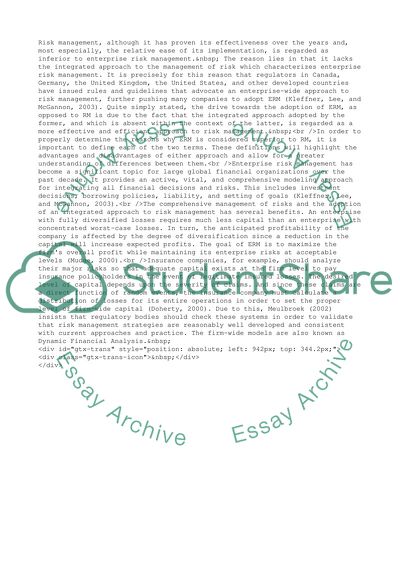Cite this document
(Enterprise Risk Management Essay Example | Topics and Well Written Essays - 1500 words, n.d.)
Enterprise Risk Management Essay Example | Topics and Well Written Essays - 1500 words. https://studentshare.org/management/1514391-enterprise-risk-management
Enterprise Risk Management Essay Example | Topics and Well Written Essays - 1500 words. https://studentshare.org/management/1514391-enterprise-risk-management
(Enterprise Risk Management Essay Example | Topics and Well Written Essays - 1500 Words)
Enterprise Risk Management Essay Example | Topics and Well Written Essays - 1500 Words. https://studentshare.org/management/1514391-enterprise-risk-management.
Enterprise Risk Management Essay Example | Topics and Well Written Essays - 1500 Words. https://studentshare.org/management/1514391-enterprise-risk-management.
“Enterprise Risk Management Essay Example | Topics and Well Written Essays - 1500 Words”. https://studentshare.org/management/1514391-enterprise-risk-management.


